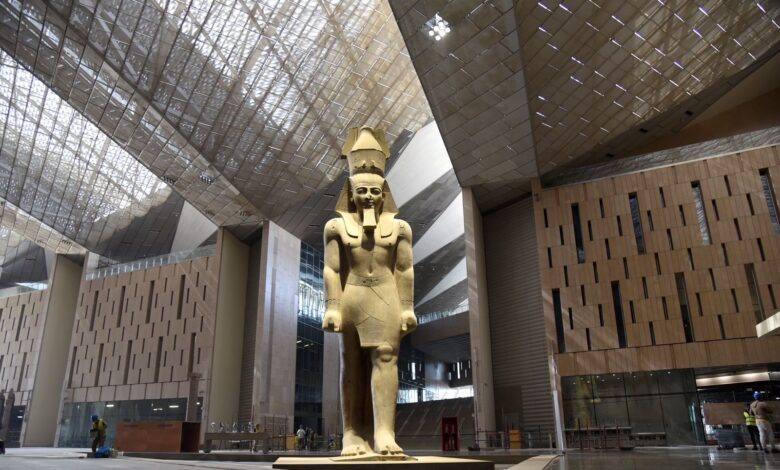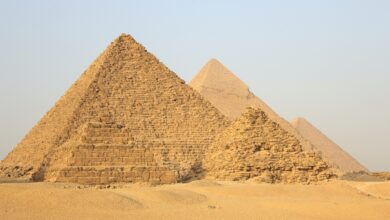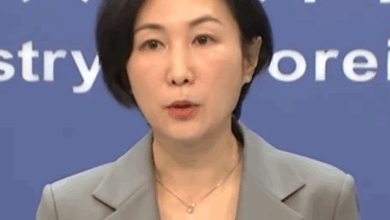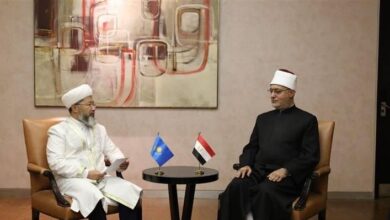
Egyptian historian Gamal Shakra revealed that intelligence had thwarted an Israeli attempt to sabotage the Grand Egyptian Museum (GEM) through an Irish company tasked with developing the museum’s design and construction plans, RT reported on Saturday.
“Our enemy wanted to tamper with the museum, and I saw this tampering after seeing the model presented by the Irish company. They wanted to paint the museum’s walls and give it a Jewish character,” Shakra added.
During an interview with the privately-owned “TeN” channel, Shakra explained that after discovering this “malicious” attempt by the Irish company that was to carry out the project, he wrote a lengthy report to the relevant authorities, and the company was subsequently dismissed.
A secret plot
He noted that this incident, which had remained secret, was one of the most significant challenges the museum faced before the construction phase began.
Shakra added that during the presentation of this model, created by the Irish company, “An important figure was with me, and we realized what this company wanted and that it had been compromised,” which prompted the Egyptian authorities to terminate the contract with them immediately.
He continued, “It’s possible for someone to compromise me if I’m not paying attention, but we have powerful systems. This company was biased; they also wanted to make the sun align with Ramses and Jerusalem and make all the artwork there Jewish.”
Shakra explained that the General Intelligence Service realized this “malicious” matter and sought the help of experts to interpret this design, which prompted it to cancel the agreement with the company.
Grand opening
Egypt witnessed the historic opening of the GEM on Saturday, which saw seventy-nine official delegations participate in the opening ceremony, including 39 delegations headed by kings, princes, and heads of state and government.
The GEM is the largest archaeological museum in the world dedicated to a single civilization.
Spanning 490,000 square meters at the foot of the Giza Pyramids, it houses more than 100,000 artifacts, including the complete Tutankhamun collection (5,400 pieces), the colossal statue of Ramses II (83 tons), the Khufu II solar boat, and the collection of Queen Hetepheres.
The project originated as an idea by former Egyptian Minister of Culture Farouk Hosny, and in 2002, the foundation stone was laid by President Hosni Mubarak. Its total cost has exceeded US$ 1.2 billion.




